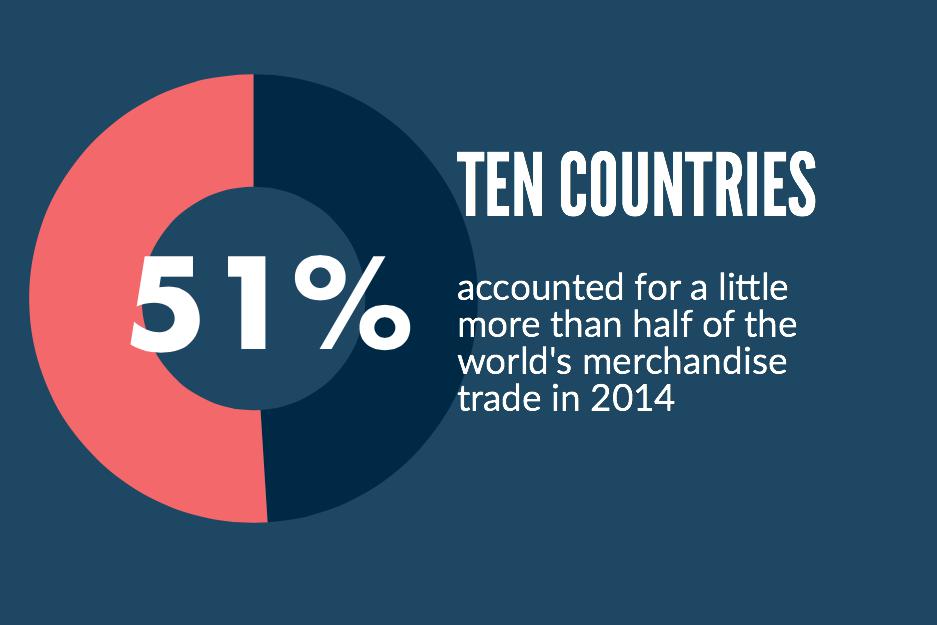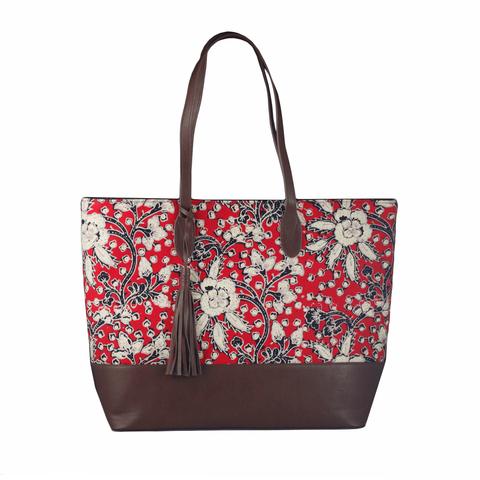How Some Babies Breathe Easier from Trade
A Family Business Helps Newborn Babies Breathe Easier
Nga Tuyet Trang founded MTTS Asia in 2004. Trang was educated in Denmark where she met her husband Gregory Dajer, now the CEO of MTTS Asia, but she had a dream to return to help her native Vietnam. So Trang teamed up with an American biomedical engineer and a local pediatric hospital to develop what would become MTTS Asia’s first product: an innovative infant respiratory device.
Twelve years later, the company produces four pediatric medical devices: two phototherapy devices for infants with jaundice, an updated version of their original respiratory distress device, and a radiant warmer to treat hypothermia.
Their products are designed to deliver innovative, low-cost solutions for newborns in need of intensive medical care. For example, MTTS Asia makes a continuous positive airway pressure (CPAP) therapy to support the airways of preterm and low-birth weight newborns whose natural breathing is inadequate. It provides an alternative to more invasive therapies, endotracheal intubation, and mechanical ventilation. The company also works to ensure their products include smart safety features, and can be disinfected and reused avoiding disposable parts.
Expanding Access to Medical Devices through Trade
MTTS Asia’s husband and wife team originally set out to meet a healthcare gap in Vietnam, but they found that to sustain such a niche business, they needed to scale by selling greater volumes in more markets. “We’re a very niche market. We have to look at many different countries,” said CEO Gregory Dajer.
The company now sells to 21 countries and maintains offices in Vietnam, Hong Kong, the Philippines and Myanmar. Manufacturing takes place in Hanoi but, with its growing reach, the company has faced some challenges importing electronic components from neighboring countries, which Dajer said is a trifecta of being “difficult, expensive and slow.”
“We’re a very niche market. We have to look at many different countries.”
When it comes to exporting, he said that some countries are not even on the company’s radar at the moment. “If you can succeed in China, you can succeed anywhere in the world; it’s a really tough place.” The company has employed a multipronged financial strategy, basing their financial operations in Hong Kong to minimize difficulties associated with cash flows in and out of Vietnam, applying differential pricing for equipment depending on the market and applying for grants from foreign charities and NGOs.
The MTTS Asia Company Team
Overcoming Regulatory Challenges to Exports
While Vietnam is party to trade agreements meant to eliminate many tariff and non-tariff barriers, Dajer has observed some countries institute other fees in place of those tariffs or use regulations to complicate the company’s exports. Acceptance of common standards has been key to their ability to export so widely. MTTS Asia obtained European health and safety certification, called CE Marking, which is accepted in most of Europe and also by many Asian, African and Middle Eastern countries. Combined with certification from Vietnam, which is accepted by ASEAN nations, these two certifications give the company entree into roughly 75 percent of the world’s markets.
Dajer advises other small businesses trying to enter global markets to do their homework, especially when attempting to enter a big market—a lesson he says they learned after a failed attempt at entering India. “The bigger the country, the more preparation you have to do. Those big markets are definitely lucrative but you need to be extremely careful with approaching them.”
This Journey is based on one of the many stories highlighted in the Global Innovation Forum report, “The New Faces of Transpacific Trade”.
Jake Colvin is the Executive Director of the Global Innovation Forum where he works with startup, business, education and nonprofit leaders to explore the opportunities and challenges associated with participating in the global marketplace in the digital age, and to assess impacts of public policies on international trade and innovation.




